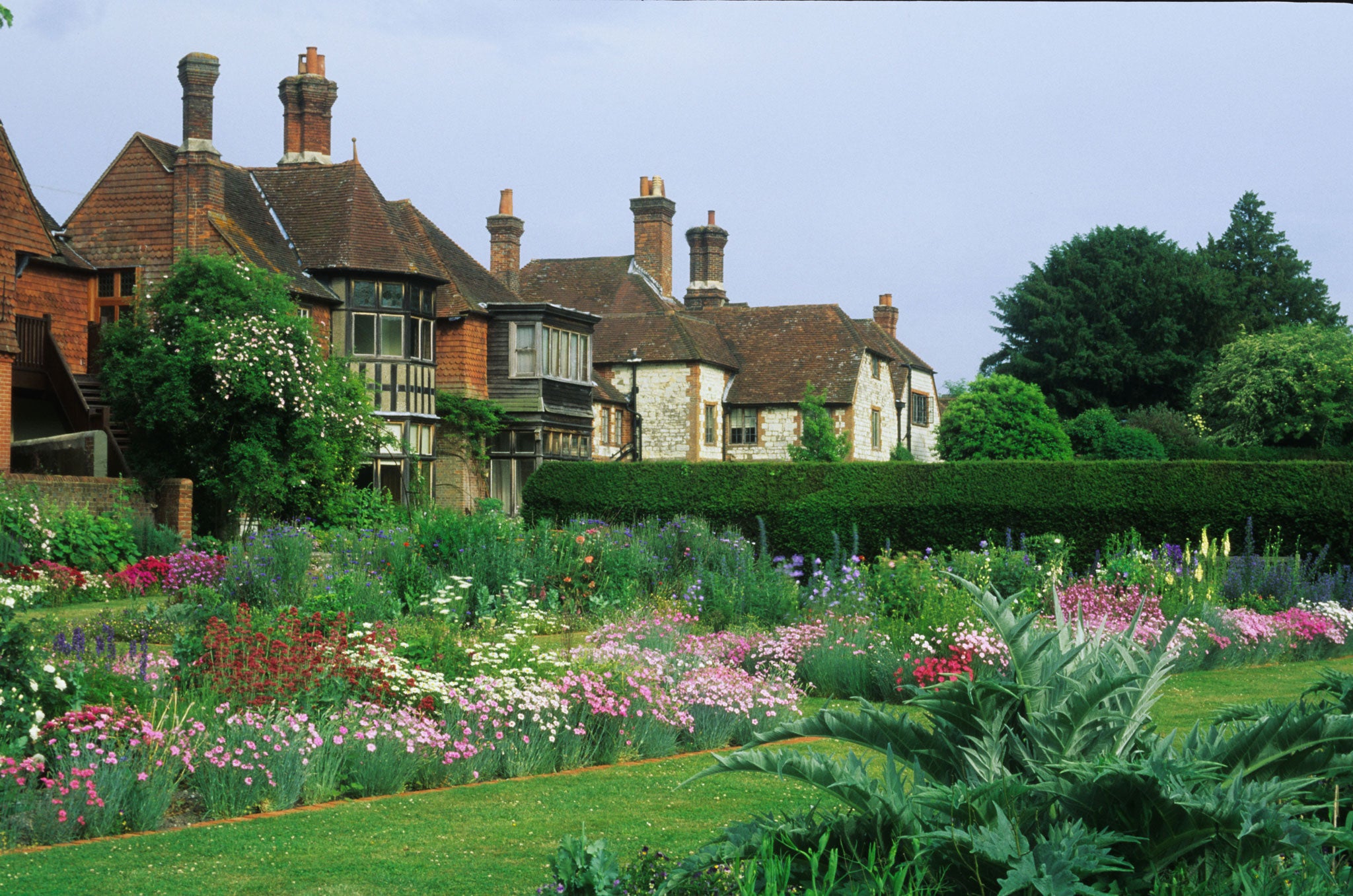Better still: Emma Townshend enjoys the 'stationary' pleasures of Selborne House

Lately I've started to think of myself as stationary. I've not moved house since leaving home some point in the mid-1990s. Even if I go on holiday (not very good at that, either), I prefer just going to the same old place, experiencing the occasional new bakery/ice-cream place/car rally, but mainly just laying another year's worth of memories over all the others. And garden-wise, I'm not one of these energetic types blogging their latest "gravel bed" creation – I'm mainly doing it to watch the things I planted 15 years ago renewing themselves; years turning; familiar roses fading, and flowering again.
But is being stationary a good or a bad thing? An expression of sheer laziness – or is there some kinder interpretation? I'm turning to the past for answers, because the academic Anne Secord has just published a new edition of the writings of 18th-century naturalist Gilbert White's The Natural History of Selborne, (£14.99, OUP). White was the world's finest advocate of staying put – as he wrote in his book's "Advertisement", "If stationary men would pay some attention to the districts on which they reside", they could make better, more detailed observations of natural history, based on long, deep knowledge of a single place.
You can see his point. If you move house often, never getting settled somewhere for long, then you never get to know the peculiar sounds and sights of your own neighbourhood. (That weird metallic bonk of autumnal London nights, when crab apples fall from street trees on to car bonnets; and then the exhilarating vision of a whole flock of waxwings on an awayday city break, making short work of the crab apples.)
Gilbert White certainly qualified as a "stopper". He was born in Selborne, one of already-pretty Hampshire's very prettiest villages, where his grandfather was vicar. He planted an oak and an ash tree in the garden on his 10th birthday, and is buried in the churchyard. Not much moving about there, then. (He was a keen gardener all his life, and David Standing, now in charge at Selborne, has done a fantastic restoration job using White's own account books and diaries.)
White used his days to do an exemplary detailed recording of a single place. Read the book and you'll get to know Selborne's woods and downs by name, its dells and hillocks and hangars. You'll meet a "large black warty lizard" brought up in a well bucket (it was a newt); you'll walk with White through a sunny September morning when the sky filled with an extraordinary shower of cobwebs. "The gossip is about the habits of vipers and the love interest is supplied chiefly by frogs," as Virginia Woolf wrote.
There are discussions of echoes and sundials, tempests and landslides, and most of all, birds. White was fascinated by birds, especially their mysterious arrivals and partings from the parish of Selborne in an era when migration was not yet understood; one of the most poignant pages is a detailed record of the October farewells of house martins.
White wrote in letter form, making it easy to dip in and out. One contemporary reviewer said that "not only the understanding is informed, but the imagination touched", and that holds true today. Anne Secord's introduction sets White in his 18th-century context, and she has found wonderful quotes from everyone from Constable to Darwin to WH Auden, showing how well-read and well-loved this natural history has been. In an age in which we rush and change every day, this new edition of White's book is a lovely reminder of all the quiet advantages of being a little stationary.
Four more things to see and do in Selborne
Gilbert White's House and Garden possesses not only an award-winning tea shop but also the best rare-plant fair in the UK. The Wakes, High Street, Selborne, Hampshire, tel: 01420 511 275
Anne Secord will be talking about White's book in the Great Parlour at Selborne on 2 November at 1.30pm and 2.45pm. See website for details: gilbertwhiteshouse.org.uk
Drive towards Selborne and you'll see signs "Welcoming You to Jane Austen Country". The Austens were residents of nearby Chawton, and you can happily visit both homes in a day.
Jane Austen's house is open daily except in late winter. Admission is £7.50 except on Jane Austen's birthday of 16 December, when it is free. jane-austens-house-museum.org.uk
Join our commenting forum
Join thought-provoking conversations, follow other Independent readers and see their replies
Comments